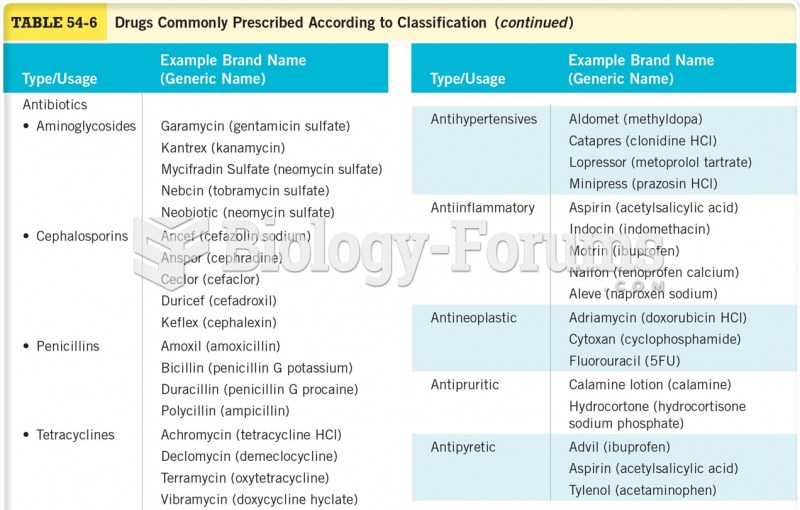Answer to Question 1
Correct Answer: 1, 2, 3, 4
Rationale 1: Structurally identical to the natural hormone cortisol, hydrocortisone is a synthetic corticosteroid that is the drug of choice for treating adrenocortical insufficiency.
Rationale 2: Hydrocortisone is also available for the treatment of inflammation, allergic disorders, and many other conditions. Intra-articular injections may be given to decrease severe inflammation in affected joints.
Rationale 3: Hydrocortisone is also available for the treatment of inflammation, allergic disorders, and many other conditions. Intra-articular injections may be given to decrease severe inflammation in affected joints.
Rationale 4: Hydrocortisone is also available for the treatment of inflammation, allergic disorders, and many other conditions. Intra-articular injections may be given to decrease severe inflammation in affected joints.
Rationale 5: This medication would not be prescribed for type I diabetes.
Global Rationale: Structurally identical to the natural hormone cortisol, hydrocortisone is a synthetic corticosteroid that is the drug of choice for treating adrenocortical insufficiency. Hydrocortisone is also available for the treatment of inflammation, allergic disorders, and many other conditions. Intra-articular injections may be given to decrease severe inflammation in affected joints. This medication would not be prescribed for type I diabetes.
Answer to Question 2
Correct Answer: 3
Rationale 1: These symptoms indicate Addison's disease.
Rationale 2: These symptoms indicate Addison's disease.
Rationale 3: Primary adrenocortical insufficiency, known as Addison's disease, is quite rare, and includes a deficiency of both glucocorticoids and mineralocorticoids. Symptoms include hypoglycemia, fatigue, hypotension, and GI disturbances such as anorexia, vomiting, and diarrhea.
Rationale 4: These symptoms indicate Addison's disease.
Global Rationale: A hypoglycemic reaction, hypothyroidism, and Cushing's syndrome are all incorrect. Primary adrenocortical insufficiency, known as Addison's disease, is quite rare, and includes a deficiency of both glucocorticoids and mineralocorticoids. Symptoms include hypoglycemia, fatigue, hypotension, and GI disturbances such as anorexia, vomiting, and diarrhea.






